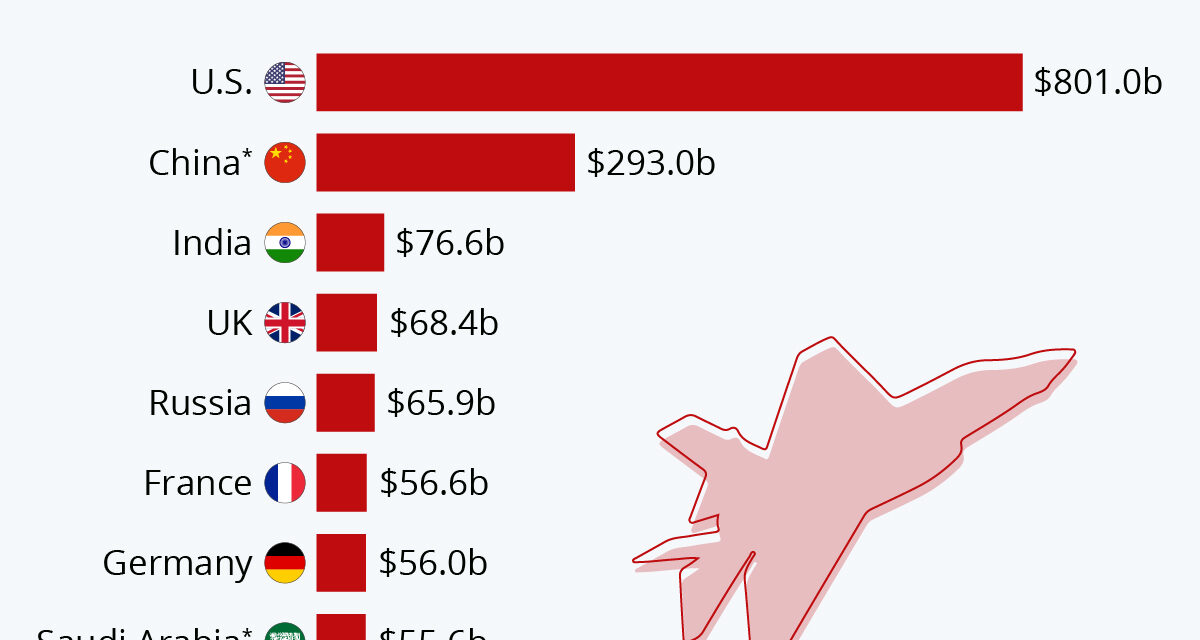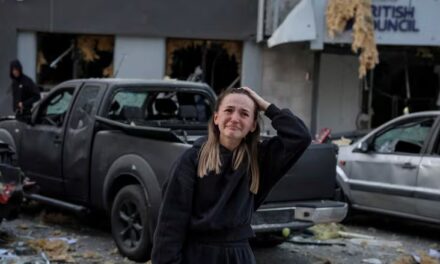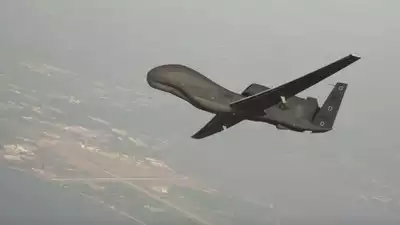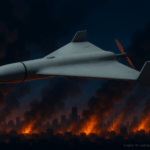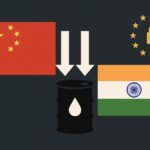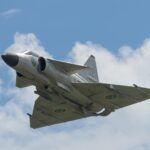World military spending reached a new peak of $2.718 trillion in 2024, up 9.4 percent from 2023—the sharpest annual rise since the end of the Cold War. This was the tenth consecutive year of growth, and increases were recorded in every region, with Europe and the Middle East showing the most pronounced jumps. The five largest spenders—the United States, China, Russia, Germany, and India—accounted for 60 percent of the global total, while the worldwide military burden climbed to 2.5 percent of GDP. SIPRI also flags that more than 100 countries increased outlays in 2024 and warns that prioritizing military security may crowd out other budget needs with social and economic consequences. SIPRI
Europe was the main engine of the surge. Regional spending (including Russia) rose 17 percent to $693 billion, pushing Europe beyond late–Cold War levels. Russia’s expenditure jumped 38 percent to an estimated $149 billion—about 7.1 percent of GDP and roughly 19 percent of total government spending—widening the gap with Ukraine. Ukraine’s spending grew 2.9 percent to $64.7 billion, equaling 34 percent of GDP; SIPRI notes that all tax revenues were absorbed by military needs and that military outlays accounted for 54 percent of total government spending. Germany increased spending by 28 percent to $88.5 billion, propelled by its €100 billion special defense fund, while Poland reached $38.0 billion, or 4.2 percent of GDP. ReutersSIPRI+1
Within NATO, members collectively spent $1.506 trillion—55 percent of the world total—and a record 18 of the alliance’s 32 members met or exceeded the 2 percent-of-GDP guideline in 2024. The United States remained the largest spender at $997 billion, accounting for about two-thirds of NATO outlays and 37 percent of global military expenditure; European NATO members together reached $454 billion. SIPRI underscores that higher budgets alone do not guarantee greater capability or independence from the U.S., which requires more complex reforms in force structure, industry, and readiness. SIPRI+1
The Middle East recorded a 15 percent jump to an estimated $243 billion. Israel’s budget surged 65 percent to $46.5 billion—its steepest annual rise since 1967—lifting its military burden to 8.8 percent of GDP, second only to Ukraine; Lebanon’s spending also leapt 58 percent from a low base, while Iran’s fell 10 percent to $7.9 billion amid sanctions pressure. In Asia and Oceania, China extended three decades of uninterrupted growth to an estimated $314 billion (+7.0 percent), while Japan rose 21 percent to $55.3 billion—the largest annual increase since 1952—as regional militaries poured resources into advanced capabilities and nuclear modernization. India’s outlays edged up to $86.1 billion and Taiwan’s to $16.5 billion.

